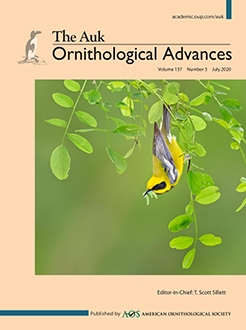Together, puffbirds (Bucconidae) and jacamars (Galbulidae) form the suborder Galbulae, sister group of all other Piciformes. Hitherto, the Galbulae had no ascertained pre-Pleistocene fossil record, and all previous alleged candidates have been refuted, except possibly the Sylphornithidae. Here we describe a wing of a tiny fossil bird from the early Oligocene of the Luberon region (southern France), which we assign to the Galbulae, as a new genus and species. Several characters, especially of the ulna and wing phalanx 1 of digit II, exclude the Passeriformes and Zygodactylidae, and indicate a representative of the Piciformes. Among Piciformes, absence of papillae remigales caudales and several characters of the wing phalanx 1 of digit II make it possible to assign the fossil to the Galbulae, and exclude all other clades. The fossil Sylphornithidae, with the carpometacarpus of Sylphornis being available, show some similarity with the Luberon fossil. The combination of features of the wing elements leads to the placement of the new fossil as stem Galbulae, and tentatively within the family Sylphornithidae. As such, it fills a gap and permits to better assign the whole enigmatic tiny sylphornithids, otherwise essentially known from leg bones. This yields the first firm pre-Pleistocene fossil record for the Galbulae. Today, both the Bucconidae and Galbulidae live exclusively in tropical America. The presence of stem Galbulae in the Oligocene of Europe, and probably the late Eocene, is a new example of a present-day Neotropical clade that had stem representatives in the Paleogene of Europe.
LAY SUMMARY
A new fossil bird, named Jacamatia luberonensis, found in France and aged 30 myr, is the first pre-Pleistocene fossil for the whole suborder Galbulae (jacamars and puffbirds).
The evolution of the total group Galbulae, now an exclusively tropical American clade, involved the Old World.
Tentative placement of Jacamatia luberonensis in the fossil family Sylphornithidae helps to clarify the position of the latter enigmatic group of tiny, long-legged piciform birds.





